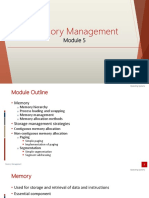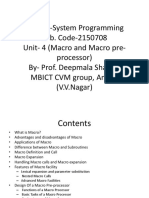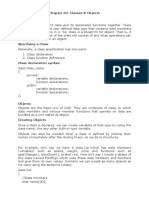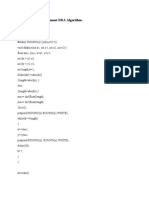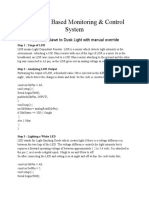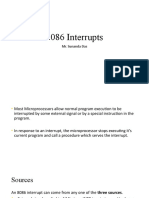0% found this document useful (0 votes)
613 views4 pagesBit-Slice Microprocessor
Bit-slice microprocessors are modular microprocessors designed to be connected together to form larger processors of variable word sizes. They can be cascaded to produce conventional sizes like 4, 8, or 16-bits or unconventional sizes. A benefit is that most connections are internal to the chip, reducing external connections. Bit-slicing provides flexibility for custom architectures but uses more ICs than normal microprocessors.
Uploaded by
TowsifCopyright
© © All Rights Reserved
We take content rights seriously. If you suspect this is your content, claim it here.
Available Formats
Download as PPTX, PDF, TXT or read online on Scribd
0% found this document useful (0 votes)
613 views4 pagesBit-Slice Microprocessor
Bit-slice microprocessors are modular microprocessors designed to be connected together to form larger processors of variable word sizes. They can be cascaded to produce conventional sizes like 4, 8, or 16-bits or unconventional sizes. A benefit is that most connections are internal to the chip, reducing external connections. Bit-slicing provides flexibility for custom architectures but uses more ICs than normal microprocessors.
Uploaded by
TowsifCopyright
© © All Rights Reserved
We take content rights seriously. If you suspect this is your content, claim it here.
Available Formats
Download as PPTX, PDF, TXT or read online on Scribd
/ 4





















